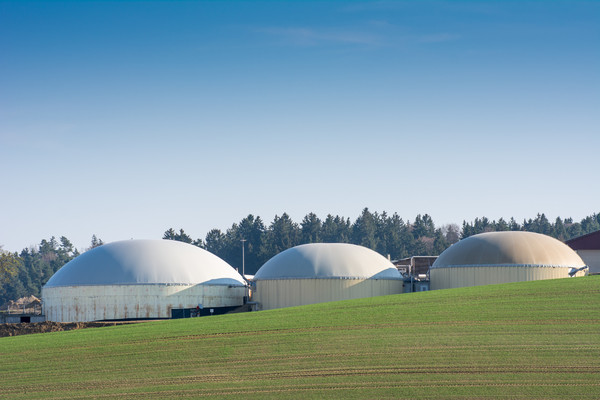
Bioenergy in Italy, a future horizon
The analysis of the realisation of bioenergy plants throughout the country shows that in the past five years bioenergy has made great progress and achieved some of the targets set by the National Action Plan ahead of 2020 schedule. In this process, many regions have been particularly virtuous. The RDP represent an excellent opportunity for the modernization of companies of the primary sector
In 2010 the Ministry of the Economic Development of Italy developed – in compliance with the European Directive 2009/28/CE – the paper that experts know as the PAN or the “National Action Plan for renewable energy in Italy”. The purpose of such document was to establish, from a strategic point of view, the main lines of action in order to achieve the targets set by 2020 for the production of large shares of electricity, heat and fuels from alternative sources to fossil fuels. Since then, the PAN has been a constant reference for evaluating the development of renewable energy in our country, despite the persistence of some contradictions between the established targets and the state of the art from the starting point until 2010. Basically, a greater attention to market penetration of some technologies (as for example heat from biomass) could have specified the goals assigned to the different SER (Renewable Energy Sources), determining more realistic and even ambitious challenges. This brief introduction will be useful for some interesting comments on the extraordinary development of Italian bioenergy in recent years. It is worth to consider that the 2014 data on electricity production from biomass (solid, liquid and gaseous) show that the production has almost doubled (+98.4%) compared to the previous five years. On the whole, all bioenergy sectors produced 18,732 GWh, that is almost the final target of the PAN (18,778 GWh by 2010). To tell the truth, according to the PAN, the production forecast for 2014 should have been about 12,700 GWh. In our country the increase of electricity produced from plants belonging to several sectors of bioenergy was driven especially by biogas (+143.8% from 2010 to 2014), which produced 3,538 GWh, thanks to the exploitation of agricultural and agro-industrial residues (1,894 GWh with +1,235%) as well as of animal manure (396 GWh and +295%). In the same period electricity produced from bioliquids increased enormously (+44.6% with 3,084 GWh) and, to a lesser but still significant extent, that from the woody biomass (+26.2% with 3,287 GWh). The region that stands out among the others for higher production capacity is Lombardy with 4,250 GWh, followed at a distance by Emila Romagna (2,760 GWh), Veneto (1,900 GWh), Piedmont (1,730 GWh) and then from the area of Puglia, Campania and Calabria that together reached the total amount of about 3,700 GWh. In general terms, has been noted a downward trend that – outside the three above-mentioned southern regions – shows a northern part of Italy which is definitely more productive than South Central Italy and islands. If one were to consider in terms of percentage the influence of bioenergy (electricity) produced in each region, compared to the overall value of power generated therein, the record would certainly belong to Emilia Romagna, where almost the half (44.8%) comes from bioenergy plants (against 15.5% of the national average). A surprise comes from Campania and Calabria, where the production – the half of Emilia Romagna – is still high. Campania is close to a quarter of bioenergy (22.3% - 2nd place) and Calabria to one-fifth (20.1% - 5th place). Lombardy is third (21.3% of total produced electricity) and Veneto is fourth (20.5%). The electricity production from bioenergy plants is lower in Tuscany (7% of total energy), Sicily (5%), Abruzzo (4.7%) and Trentino Alto Adige (2.4%), while is hardly anything in Valle d’Aosta (0.3%). This extraordinary growth of bioenergy, more and more oriented towards the realisation of new plants, well-integrated in the chosen locations, is also the result of a system of incentives that in the past years has favoured sustainable sectors and technologies.
Fortunately in Italy the combination between technology and sustainability is developed in the sector of agricultural and forestry mechanization that – through a constant effort of modernization of the models put into production – allows a low-cost use of biomass, with a high quality standard of products and a low impact on the environment.
In conclusion, the reaching of good goals should not lower the level of our expectations from renewable sources and energy efficiency which, today more than ever, are recognised as key points for a necessary decarbonisation of the economy on a global scale.
Supporting the proper development of bioenergy still remains an element of huge strategic importance and this can also be done through the creation of biomass power plants through measures to facilitate investments in the wide range of machinery for the collection and processing of this resource. The 2014-2020 RDPs represent from this point of view an excellent opportunity through which each Italian region could enable policies for the modernization of companies of the primary sector, which are increasingly in need of safe and efficient equipment and machinery to meet the future challenges.








